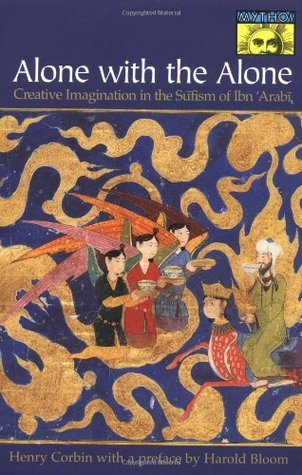What do you think?
Rate this book


440 pages, Paperback
First published March 2, 1958
- أعلم وفقك الله أن الخيال أصل الوجود والذات الذي فيه كمال ظهور المعبود ألا ترى إلى اعتقادك في الحقّ وأن من له الصفات والأسماء ما له هو أين محلّ هذا الاعتقاد الذي ظهر لك فيه الله سبحانه إنما هو الخيال ؛ فلأجل هذا قلنا إنه الذات الذي فيه كمال ظهوره سبحانه وتعالى، فإذا عرفت هذا ظهر لك أن الخيال أصل جميع العوالم لأن الحق هو أصل جميع الأشياء وأكمل ظهوره لا يكون إلا في محل هو الأصل وذلك المحل هو الخيال فثبت أنه أصل جميه العوالم . . ألا ترى النبيّ يقول: (الناس نيام فإذا ماتوا أنتبهوا.